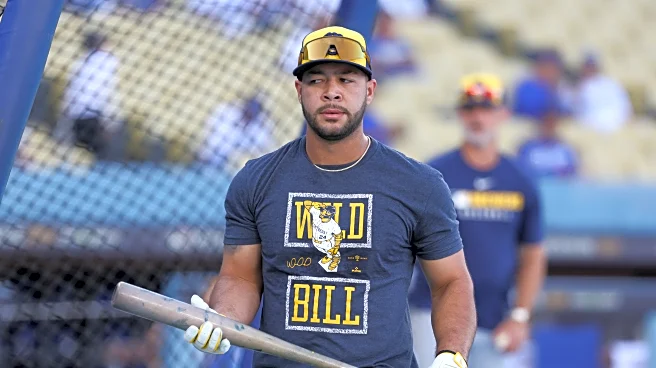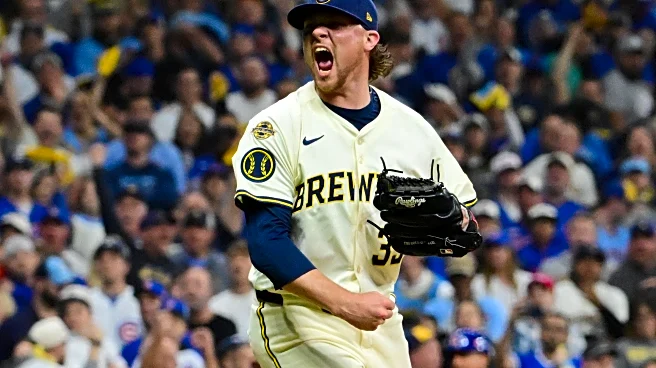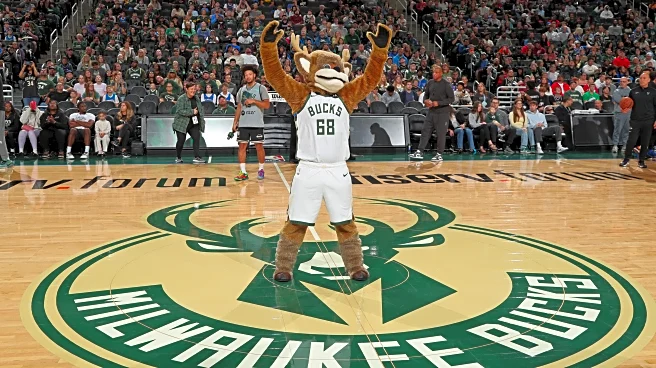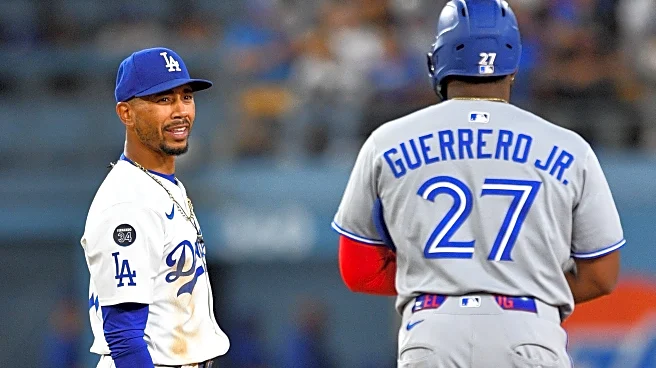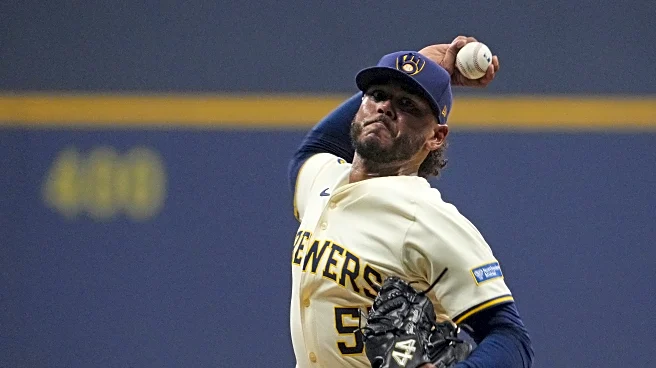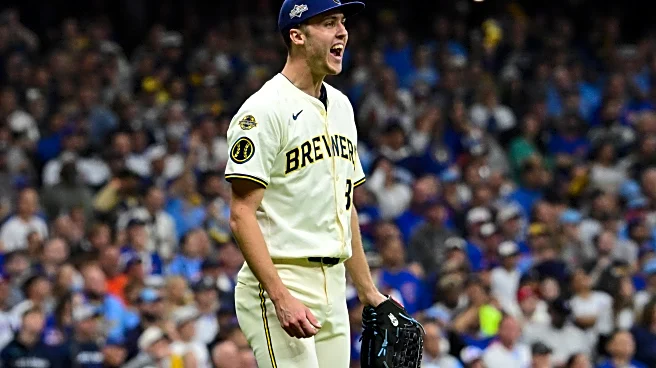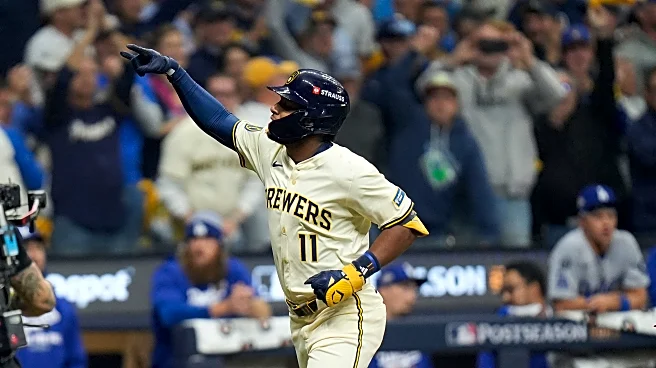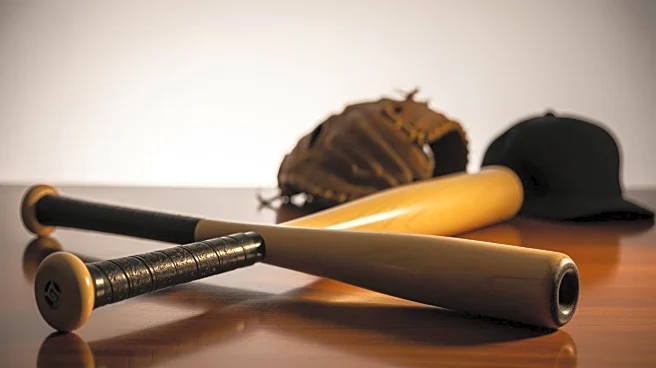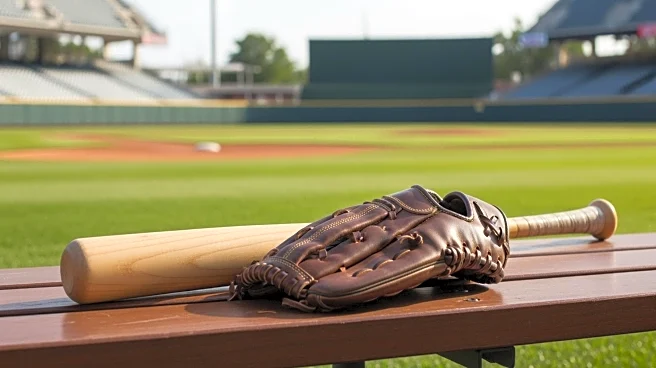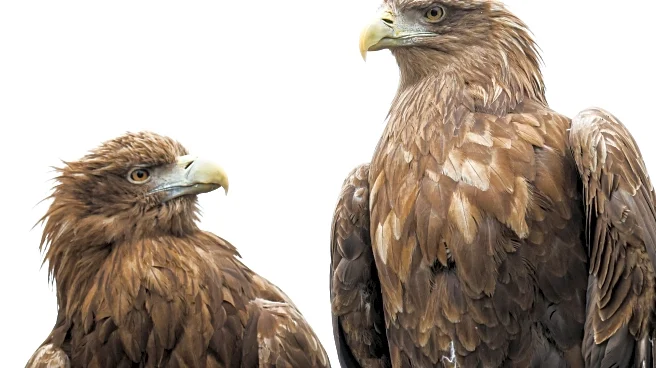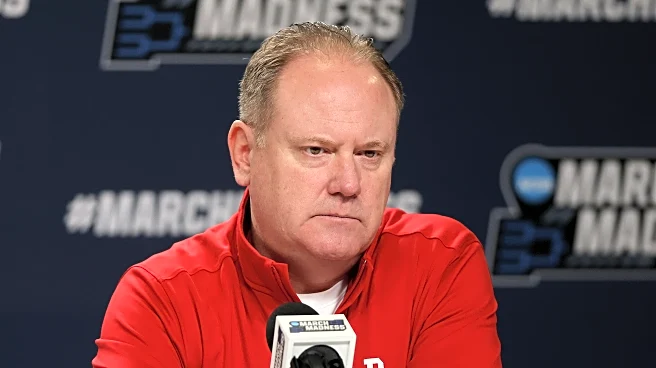Most of the articles written on Brew Crew Ball recently have focused on the Brewers’ performance in the playoffs, with good reason. This is going to be different. As BCB’s resident minor league writer,
I feel a duty — nay, an obligation — t0 remind you just how stacked the Brewers’ farm system is.
While this season may have ended short of a World Series berth, Milwaukee is still an incredibly talented team with just as much talent in the minors. If you’re already looking forward to next season, here’s a few more reasons to be excited about the Brewers.
Help is on the way
While the majority of the Brewers’ minor league talent is still a couple years from making an impact in the big leagues, that doesn’t mean they don’t have guys who could help the Brewers next year.
Jeferson Quero (No. 4) had an up-and-down season, which is somewhat understandable given that he missed the entire 2024 season and the first two months of 2025 due to a torn labrum in his right shoulder. His plus-plus arm initially didn’t look as impressive as it did during his last healthy season (2023), which — again — is somewhat understandable. The most encouraging part of Quero’s 2025 is that his arm strength improved throughout the season, which also correlated with him playing more at catcher and less at designated hitter. Milwaukee even named him to the taxi squad in late September. In the words of Brewers GM Matt Arnold, this was because:
“It gives (Quero) the chance to sit in our meetings and be a part of them … we have all different ways to get him acclimated to our information and just to preparing at the big-league level.”
“Preparing at the big-league level.” Yeah, Quero’s not spending another full year in the minors. His hitting stats (.748 OPS) weren’t half bad, either. Danny Jansen probably won’t be back next season, so Quero might even make the Opening Day roster if he proves himself in Spring Training.
Unlike Quero, Logan Henderson (No. 5) has major league experience. The right-hander pitched extremely well (1.78 ERA) through five starts with Milwaukee last year. Henderson will probably open the season back in Milwaukee depending on how everything shakes out with some of the Brewers’ veteran pitching options. Robert Gasser (No. 18) is technically still a prospect, too, although he was on the Brewers’ NLCS roster.
Craig Yoho (No. 16) struggled with control in his brief time in the big leagues this year, but has the secondary stuff (well, the changeup) to develop into a leverage reliever. Even if that’s not his role in 2026, some minor tinkering from the Brewers “Pitching Lab” could turn him into an effective reliever at the big-league level. Coleman Crow (No. 25) was one of the biggest risers in the farm system this year after starting the season with Double-A Biloxi. So was Tate Kuehner, who had one of the most productive seasons (2.77 ERA) of any pitcher in the organization while splitting time between Double-A and Triple-A Nashville.
Milwaukee doesn’t have a ton of position-player talent ready for the big leagues beyond Quero. Tyler Black (No. 24) doesn’t seem to be in the Brewers’ long-term plans at this point, although he could serve as trade bait for a team willing to take a risk on a former top 50 overall prospect. There’s an outside shot that Cooper Pratt (No. 3) or Luke Adams (No. 8), both currently in Double-A, could earn a promotion to Triple-A early enough to make the big leagues sometime in September. Then again, Adams missed a couple months due to injury and Pratt had a bit of a down season (.691) at the plate — even considering the somewhat pitcher-friendly nature of the Southern League.
Probably not next year, but…
Since there’s so many exciting prospects to talk about that could fall into this category, I’m going to limit myself to players who could somewhat realistically be ready sometime in 2027. The obvious one is 18-year-old phenom Jesus Made (No. 1), one of the best prospects in baseball. Made started the season with Single-A Carolina but balled out in High-A Carolina and earned a promotion to Double-A Biloxi just in time for the playoffs. The Jackson Chourio trajectory would put him on the 2027 Opening Day roster after splitting time between Double-A and Triple-A. Even if Made needs time to adjust to the upper levels of the minors, he could easily be up with Milwaukee by the end of the 2027 season.
Brock Wilken (No. 17) is already 23 years old and led Biloxi in home runs despite missing basically half the season. He’s struggled to hit for average at times — and strikes out a little more than would be ideal — but the power tool has translated at every level of the minors. Wilken should get a chance to prove himself in Triple-A sometime next year. It’s not likely to happen this year, but there’s a world where the Brewers are hurting for power (or because of injuries) and throw Wilken in the mix to see what he could do. He’s probably a 2027 arrival, as his approach still needs a bit of work, but he has a tantalizing power stroke that should play pretty well at AmFam Field.
Blake Burke (No. 29) figured out his power stroke after being promoted to Double-A Biloxi. Burke hit .300 with a .956 (!!) OPS in 37 games with the Shuckers, going yard 11 times in 140 at-bats. Jake Bauers and (probably) Andrew Vaughn will be on the big-league roster to start 2026, and Milwaukee still has a few other highly ranked corner infield prospects (Adams, Wilken, Andrew Fischer, Mike Boeve) in their system. Burke also probably projects as a designated hitter at the big-league level. Still, if he keeps hitting like that, he’ll be hard to keep down for too long.
Tyson Hardin (No. 20) broke out at High-A and made it to Biloxi before being shut down near the end of the season. Hardin is another older prospect (also 23) who already has the stuff to compete at Triple-A. Like Wilken, he probably won’t appear with Milwaukee in 2026, but 2027 seems more than possible.
Luis Peña (No. 2) was perhaps the breakout player in the farm system earlier this year, posting a 4.8 mph jump in exit velocity and an .844 OPS with Single-A Carolina while rising quickly up the league-wide prospect rankings. Peña was called up to High-A Wisconsin along with Made but struggled a bit more, both on defense and on offense (.517 OPS). He probably won’t be ready for 2027, but I’m including him anyway because he’s still super young (18) and talented enough to end up in Triple-A by the end of the season — if he figures things out this offseason.
Another dark horse is Andrew Fischer (No. 6), who was drafted by the Brewers in the first round of the 2025 draft. Fischer is already 21 and has the profile of a player who should rise quickly through the Brewers’ system. In nineteen games in High-A with the Timber Rattlers, Fischer hit .311 with an .848 OPS. He won’t be ready next year, but 2027 isn’t off the table.
